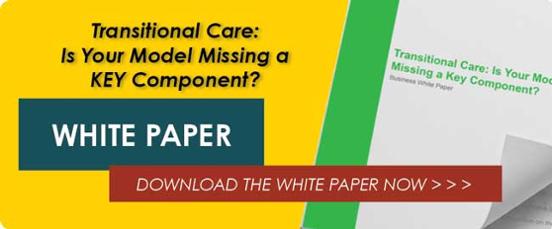John Siegel is the VP of Business Development for GA Foods. He has extensive experience working with health care organizations to optimize benefits provided to their members. Contact John at 954-732-6886 or jsiegel@gafoods.com to learn how your organization may benefit by providing these well-received services.
Food Insecurity in At-risk Populations
The U.S. Department of Agriculture reported that in 2014 a total of three million households with seniors (age 65 and older), and over one million seniors living alone, were food insecure. In other words, they don’t have reliable access to an adequate amount of food to meet their daily nutrition requirements.
 At-risk patients (elderly and chronically ill) with food insecurity may have to choose between paying for their food or for their medication. Inadequate nutrition and/or medication non-compliance leads to increased health care utilization, such as more frequent hospitalizations and readmissions. Compounding the issue, after a hospitalization, patients experience symptoms such as decreased energy, pain, weakness, poor appetite and health-related dietary restrictions. These symptoms make preparing and eating nutritious meals difficult. Weight loss and poor nutrient intake can delay the healing and recovery process, resulting in longer, more challenging recoveries, creating a cycle of relapse and readmission.
At-risk patients (elderly and chronically ill) with food insecurity may have to choose between paying for their food or for their medication. Inadequate nutrition and/or medication non-compliance leads to increased health care utilization, such as more frequent hospitalizations and readmissions. Compounding the issue, after a hospitalization, patients experience symptoms such as decreased energy, pain, weakness, poor appetite and health-related dietary restrictions. These symptoms make preparing and eating nutritious meals difficult. Weight loss and poor nutrient intake can delay the healing and recovery process, resulting in longer, more challenging recoveries, creating a cycle of relapse and readmission.
The Role of Nutrition Care
Nutrition care, in the form of home-delivered meals (HDM) after a hospitalization or as part of chronic disease management, maximizes patient outcomes while reducing health care costs.
Nutrition care:
- Promotes faster, more complete recoveries
- Reduces risk of complications
- Reduces hospital readmissions
- Provides crucial support to patients with poor access to healthy foods
- Improves overall health and quality of life
- Decreases odds of further hospitalizations due to injury
- Enhances management of chronic disease
Perhaps more important than these significant outcomes is that an overwhelming majority (92%) of HDM recipients reported these meals allowed them to remain independent and living in their own homes, improving their quality of life. By decreasing their need for shopping and cooking, a meal delivery service provides a regular source of nutritious food for those that need it for their recovery process.
Access to Food
Providing access to food for at-risk patients also reduces health care expenditures paid by Medicare and/or Medicaid and health plans. One study with significant results was from MANNA (Metropolitan Area Neighborhood Nutrition Alliance), a nonprofit organization in Philadelphia that cooks and delivers medically-appropriate meals and provides nutrition counseling to individuals that are chronically ill. Researchers evaluated health care costs of two sample groups, MANNA clients and a comparison group, matched for gender, age, race, and ethnicity, for a 12-month period. Here are the results from their study:
- The total average monthly health care costs were $28,000 for MANNA clients and $41,000 for the comparison group.
- The average cost of a hospitalization was $132,000 for MANNA clients and $220,000 for the comparison group.
- MANNA clients had 50% less hospitalizations than the comparison group.
- MANNA clients’ length of stay was 37% shorter than the comparison group.
- MANNA clients were 20% more likely to be discharged from the hospital to their home rather than to long-term care.
Given the proven benefits for all involved, its no surprise that hundreds of U.S. hospitals, many large health systems and a growing number of health insurance plans are implementing and/or approving post-discharge home-delivered meals as part of their transition care services.
Is your transition care model missing a key component? Click here to download our newest white paper.











